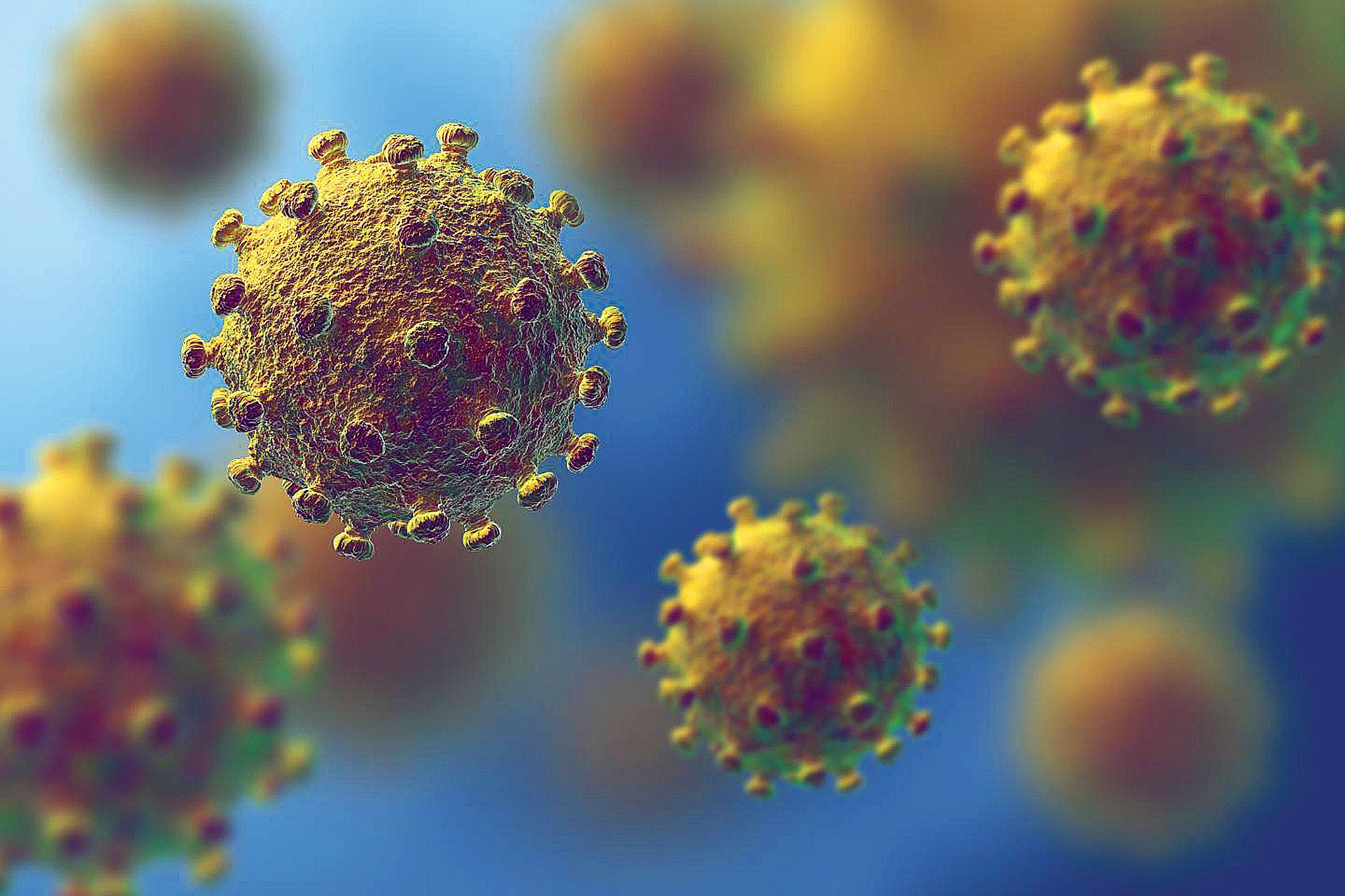For the third time in less than 20 years, a deadly virus previously unknown to science but from the family of the otherwise relatively-harmless coronaviruses has jumped from an animal into humans, fuelling fears of a global pandemic.
The novel coronavirus (nCoV) had by last Friday caused illness in 830 and killed 25 people in multiple Chinese provinces and been ferried by travellers into six countries only weeks since its emergence in the central Chinese city of Wuhan.
Virologists say it is still too early to predict the spread or impact of nCoV but are hoping that lessons drawn from the two earlier, deadly coronavirus outbreaks as well as advances in research will enable faster countermeasures.
Scientists discovered coronaviruses in the 1960s and human coronaviruses with the nametags, 229E, NL63, OC43, and HKU1 are found worldwide. They account for 10 to 30 per cent of upper respiratory infections or common colds, relatively benign diseases.
Things changed early in the 21st century. The severe acute respiratory syndrome coronavirus (SARS-CoV) emerged in China’s Guangdong province had in 2002 and spread to 26 countries, causing illness in 8,098 people and killing 774 before surveillance and quarantine measures stamped it out by mid-2003. In 2012, the Middle East respiratory syndrome coronavirus (MERS-CoV) flared up in Saudi Arabia and had by December 2019 caused illness in 2,499 people and killed 861. Although 27 countries have reported MERS-CoV, the vast majority of cases have been confined to Saudi Arabia.
Virologists believe bats are the natural reservoirs of SARS-CoV and MERS-CoV and both viruses likely slipped into humans through intermediate hosts — civet cats in the case of SARS-CoV and camels in the case of MERS-CoV. The source of nCoV remains unknown, although some Chinese researchers have proposed snakes.

Students line up to sanitise their hands to avoid the contact of coronavirus before their morning classes at a high school in Phnom Penh, Cambodia, on Tuesday. (AP)
Preliminary investigations of the nCoV outbreak in China suggest that the mortality rate associated with it is 4 per cent, which is less than the 10 per cent mortality that had been observed with SARS-CoV and the 36 per cent mortality rate documented for MERS-CoV. However, scientists caution that the mortality rate for nCoV may need to be revised.
“It is hard to understand the mortality rate with this new virus, currently, as we are only detecting severe cases in the initial states of the outbreak,” said Lilli Ren, a scientist at the Chinese Academy of Medical Sciences and Peking Union Medical College in China.
On Friday last, Ren and fellow researchers published in the journal, The Lancet, their preliminary findings based on clinical records, laboratory results and epidemiological data of 41 patients confirmed with nCoV infection admitted in a Wuhan hospital between December 16, 2019 and January 2, 2020.
They found 27 (66 per cent) of the 41 patients had visited a seafood market in Wuhan. All patients had pneumonia and 40 (98 per cent) had fever while a significant number of patients also had cough, fatigue and shortness of breath. The study revealed a similarity with SARS: the majority of patients were healthy people with less than one-third having underlying chronic medical conditions such as diabetes or high blood pressure or cardiovascular diseases. “The impact of nCoV will depend on how efficiently the virus spreads from person to person and its mortality rate,” said Govindkarnavar Arunkumar, a senior virologist at the Manipal Institute of Virology who had been involved in investigating the 2018 Nipah virus outbreak in Kerala.
Preliminary estimates suggest that nCoV has a “reproduction number” that ranges between 1.4 and 2.5 — implying that 10 patients are likely to transmit the virus to 14 to 25 patients.
Experts believe a decision by the World Health Organisation in 2017 to label SARS and MERS as “priority pathogens” in an effort to stimulate research and development on countermeasures against CoVs is likely to accelerate research to develop treatment or vaccine against nCoV.
“Biomedical researchers are initiating countermeasures for nCoV using SARS-CoV and MERS-CoV as prototypes,” Anthony Fauci, director of the US National Institute of Allergy and Infectious Diseases, and his co-authors wrote in a commentary published last week in the Journal of the American Medical Association. For instance, broad-spectrum antivirals such as remdesivir and lopinavir and interferon beta that have shown promise against MERS-CoV are being assessed against nCoV.
The route towards a vaccine is also likely to be faster, Fauci and co-authors wrote. When SARS emerged in 2002, researchers moved from obtaining the genomic sequence of SARS-CoV to the first clinical trial of a vaccine in 20 months. Since then, the timeline has shrunk to less than four months. For nCoV, scientists “hope to move even faster” with new technology, the researchers said.
But for now, medical experts assert that the best strategies to prevent the spread of nCoV is through standard public health measures — surveillance, quarantine, the use of personal protection equipment in healthcare settings, hand hygiene and the respiratory etiquette recommended to minimise the risk of picking up any acute respiratory infection.










